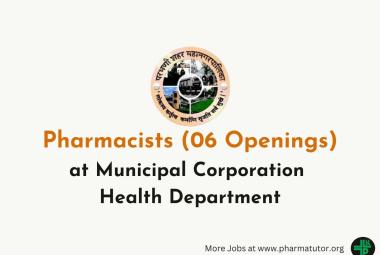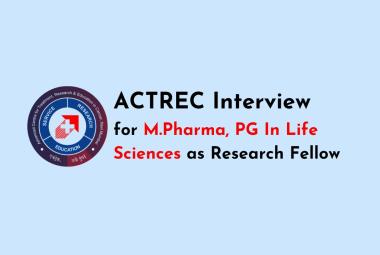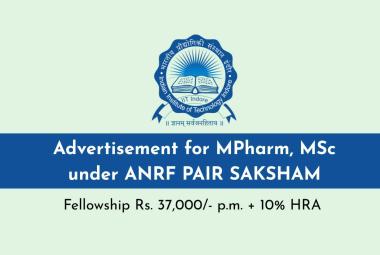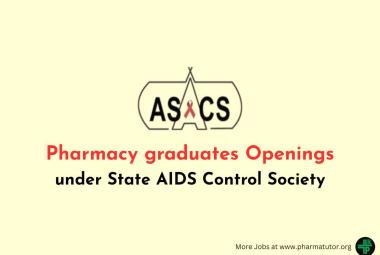Evaluation of phytochemicals in some indigenous aromatic medicinal plants of North-East India
{ DOWNLOAD AS PDF }
 ABOUT AUHTOR
ABOUT AUHTOR
*R SHARMA, S SARMA
Assam Down Town University, Guwahati, Assam, India
*Rupsmita2010@gmail.com
ABSTRACT
Objectives: The aim of the present study was to estimate flavonoid and phenolic content, and to evaluate invitro antioxidant activity of an aqueous extract of Alpinia nigra and Allium tuberosum.
Methods: The air dried stem of A. nigra and leaves of A. tuberosum was ground to powder and extracted with water and 95% of ethanol. The extract was screened for phytochemicals, total phenolic content (TPC) and total flavonoid content (TFC) with its potential antioxidant activities using hydrogen peroxide-scavenging assay.
Results: Phytochemical test shows that extract contains variety of phytochemicals among which there is a high level of total phenol and flavonoids. The total phenolic content (TPC) of A. nigra and A. tuberosum was 0.450±0.0740 and 1.663±0.296; respectively. The total flavonoid content (TFC) of A. nigra and A. tuberosum was 0.322±0.077 and 0.978±0.119, respectively. The plants possessed potent antioxidant activity when compared with the reference compound ascorbic acid (vitamin C).
Conclusions: A. nigra and A. tuberosum may be useful for the preparation of neutraceuticals as potent antioxidant to treat various human diseases and their complications.



 ABOUT AUTHORS
ABOUT AUTHORS ABOUT AUTHORS
ABOUT AUTHORS  ABOUT AUTHORS
ABOUT AUTHORS ABOUT AUTHOR
ABOUT AUTHOR





